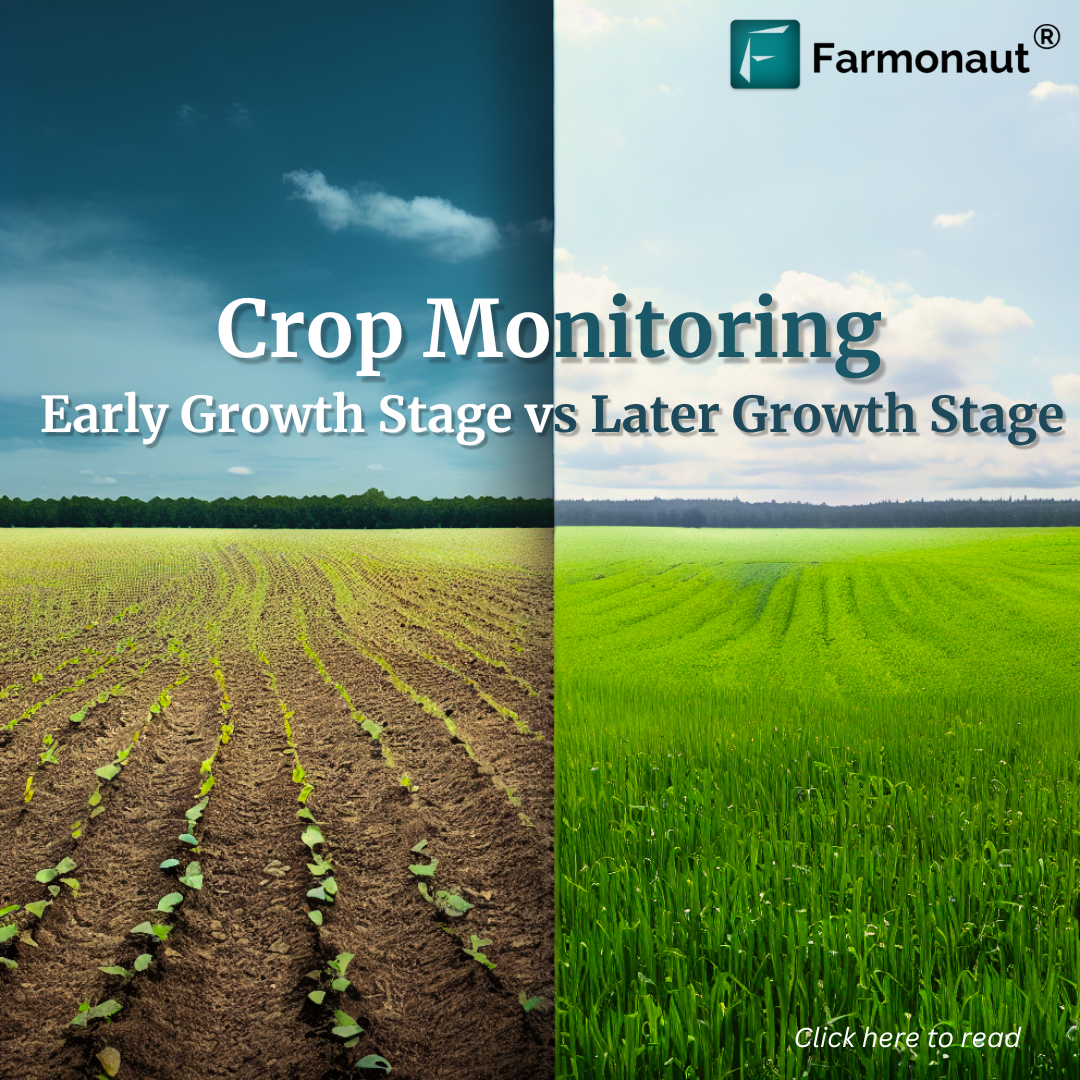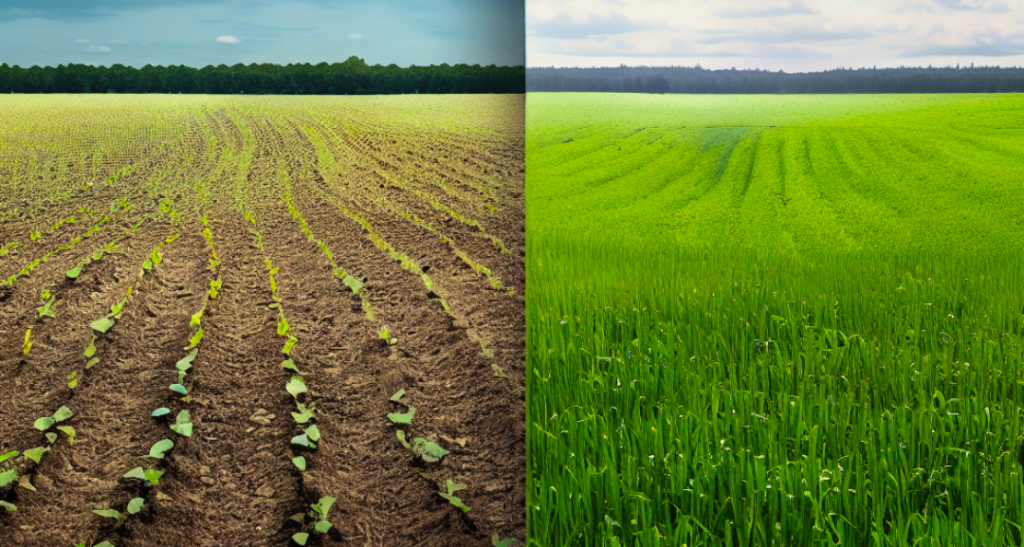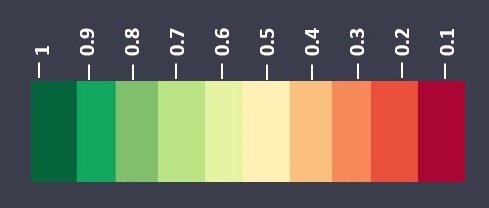



Crop monitoring at the early growth stage is a crucial aspect of modern agriculture as it enables the identification of early signs of stress and diseases in crops shortly after planting. By utilizing advanced technologies such as NDVI (Normalized Difference Vegetation Index) and EVI (Enhanced Vegetation Index) satellite images, farmers can quickly detect pest infestations and nutrient deficiencies that might otherwise go unnoticed. These indices analyze the reflectance of different wavelengths of light to assess the health of the crops.


In this context, the black color on the images indicates poor crop conditions, alerting farmers to potential issues that require immediate attention. Conversely, the green color signifies good crop conditions, providing reassurance that the plants are thriving.

Additionally, the use of RGB (Red, Green, and Blue) sensors during the early growth stage further enhances the monitoring process, offering farmers valuable insights to make informed decisions and optimize their agricultural practices. By harnessing these technologies, farmers can proactively address challenges, resulting in improved crop yields and sustainable farming practices.
Crop monitoring at the later growth stage plays a vital role in agriculture as it involves weeks to months leading up to the harvesting period, where overall crop health and maturity need to be closely monitored. During this critical phase, farmers rely on advanced technologies like NDRE (Normalized Difference Red Edge) satellite images to identify late-stage diseases and irrigation deficiencies that could impact the final yield. By analyzing the reflectance of near-infrared and red-edge wavelengths, NDRE images provide valuable insights into the crop’s health and stress levels.



The red color on the images indicates areas of concern, highlighting potential issues that demand immediate attention to prevent further damage. On the other hand, the green color signifies healthy crop areas, giving farmers confidence in the successful development of their crops.
Additionally, the combination of NDVI and LIDAR sensors enhances the monitoring process, allowing for more accurate assessments of crop density, canopy structure, and overall health. By utilizing these advanced tools during the later growth stage, farmers can make data-driven decisions, optimize resource allocation, and ensure a bountiful and successful harvest.
Contact Farmonaut today for your farm data: